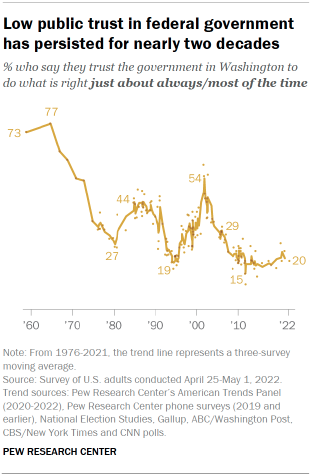UK Government Policy Paper: “…Up-to-date information about our health and care is critical to ensuring we can:
- plan and commission services that provide what each local area needs and support effective integrated care systems
- develop new diagnostics, treatments and insights from analysing information so the public have the best possible care and can improve their overall wellbeing
- stop asking the public to repeat their information unnecessarily by having it available at the right time
- assess the safety and quality of care to keep the public safe, both for their individual care and to improve guidance and regulations
- better manage public health issues such as COVID-19, health and care disparities, and sexual health
- help the public make informed decisions about their care, including choosing clinicians, such as through patient-reported outcome measures (PROMs) that assess the quality of care delivered from a patient’s perspective
When it comes to handling personal data, the NHS has become one of the most trusted organisations in the UK by using strict legal, privacy and security controls. Partly as a consequence of this track record, the National Data Guardian’s recent report Putting Good Into Practice found that participants were supportive of health and social care data being used for public benefit. This reflects previous polls, which show most respondents would trust the NHS with data about them (57% in July 2020 and 59% in February 2020).
During the pandemic, we made further strides in harnessing the power of data:
- identifying patients who could take part in trial treatments
- delivering vaccines to the most vulnerable first
- creating both the Coronavirus Dashboard and the NHS COVID Pass
However, we cannot take the trust of the public for granted. In the summer of 2021, we made a mistake and did not do enough to explain the improvements needed to the way we collect general practice data. The reasons for these changes are to improve data quality, and improve the understanding of the health and care system so it can plan better and provide more targeted services. We also need to do this in a more cost-effective way as the current system using ad hoc collection processes is more expensive and inefficient, and has been criticised by the National Audit Office and the House of Commons Public Accounts Committee.
Not only did we insufficiently explain, we also did not listen and engage well enough. This led to confusion and anxiety, and created a perception that we were willing to press ahead regardless. This had the unfortunate consequence of leading to an increase in the rate of individuals opting out of sharing their data. Of course, individual members of the public have the right to opt out and always will. But the more people who opt out, the greater the risk that the quality of the data is compromised….
In this data strategy, which differs from the draft we published last year, we are putting public trust and confidence front and centre of the safe use and access to health and social care data. The data we talk about is not an abstract thing: there is an individual, a person, a name behind each piece of data. That demands the highest level of confidence. It is their data that we hold in trust and, in return, promise to use safely to provide high-quality care, help improve our NHS and adult social care, develop new treatments, and, as a result, save lives…(More)”

